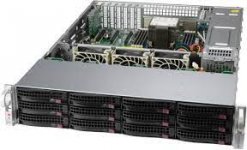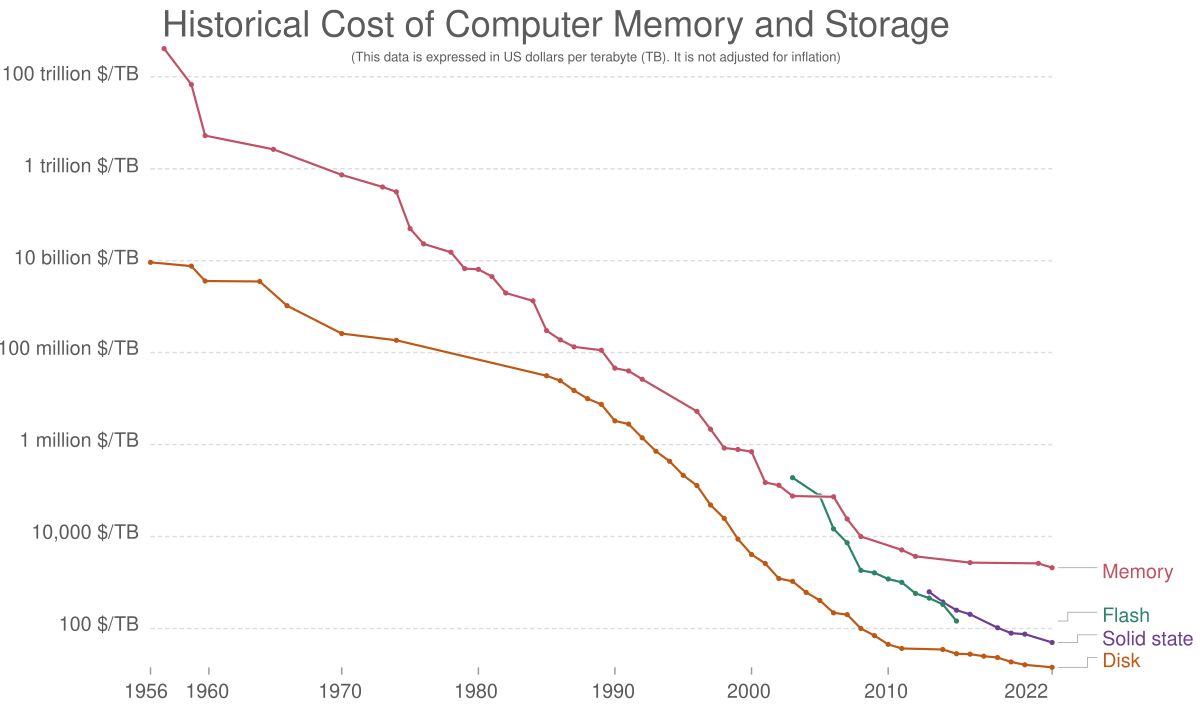A while ago I bought an LSI 9300 HBA with two MiniHD connectors. That HBA was a bit glitchy, presumably because of the lack of active cooling, which I understood is basically required for a non-datacenter computer. And I couldn't make use of any fan on the HBA, because even the thinnest one (1cm) would have been blowing air literally onto the PSU. Not only was the installation on the chassis difficult, it didn't make a difference.
So, my question is, are there any SAS HBAs that don't require active cooling? Which I think could mean any non-LSI HBAs? Said HBA should make use of 8 PCIe lanes at most. Not sure if it matters, but I'm aiming to make full use of a 10 Gbps NIC, and I don't want the HDD pool to be a bottleneck.
Also, is there any way this adapter could be used for a pool: https://c-payne.com/products/pcie-slimsas-host-adapter-x8-to-8i-straight
I'm aware it's not a controller, but if it's attached to a PCIe x8 slot, would TrueNAS be able to identify the HDDs attached to it via the SlimSAS output?
So, my question is, are there any SAS HBAs that don't require active cooling? Which I think could mean any non-LSI HBAs? Said HBA should make use of 8 PCIe lanes at most. Not sure if it matters, but I'm aiming to make full use of a 10 Gbps NIC, and I don't want the HDD pool to be a bottleneck.
Also, is there any way this adapter could be used for a pool: https://c-payne.com/products/pcie-slimsas-host-adapter-x8-to-8i-straight
I'm aware it's not a controller, but if it's attached to a PCIe x8 slot, would TrueNAS be able to identify the HDDs attached to it via the SlimSAS output?



